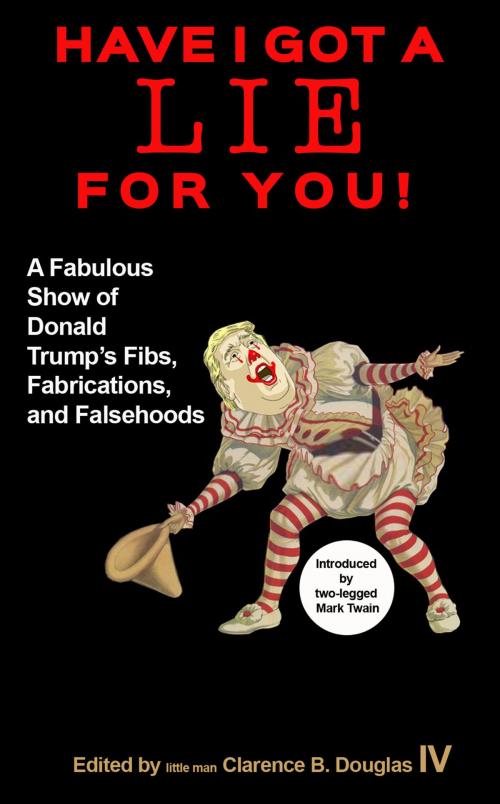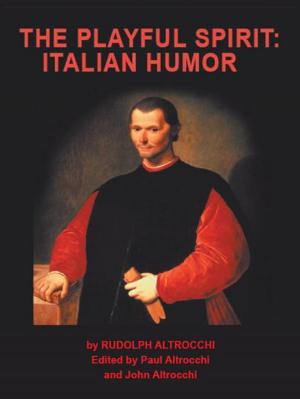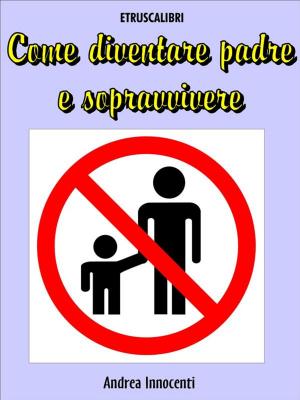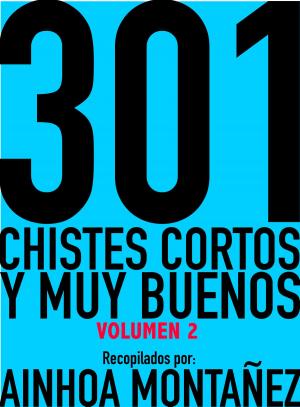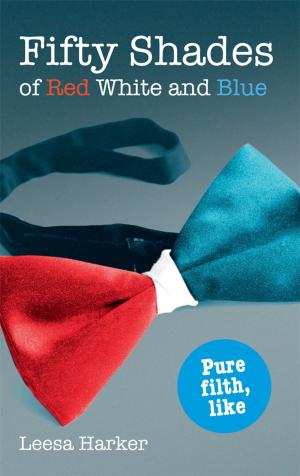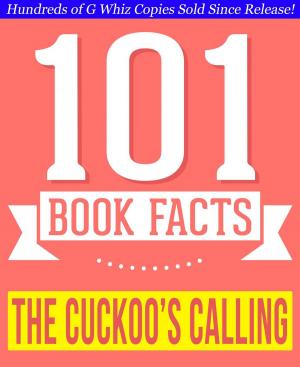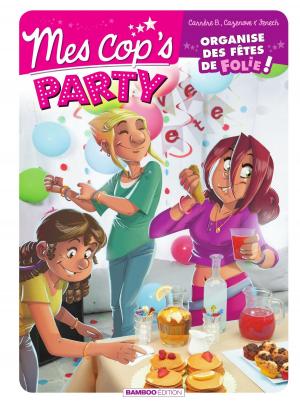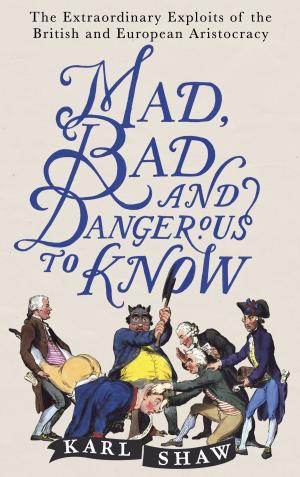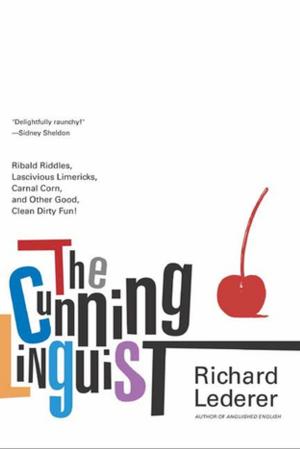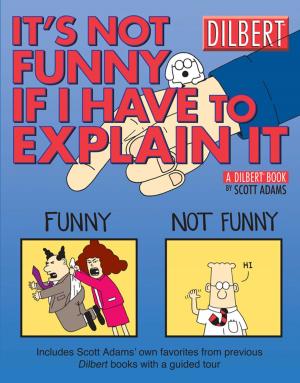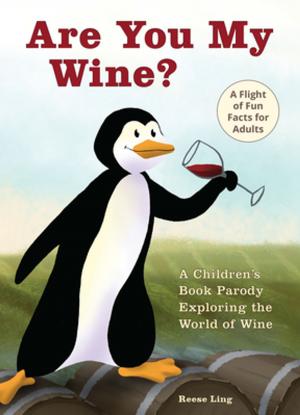Have I Got a Lie for You!
A Fabulous Show of Donald Trump's Fibs, Fabulations, and Falsehoods
Nonfiction, Health & Well Being, Psychology, Compulsive Behaviour, Social & Cultural Studies, Political Science, Politics, Entertainment, Humour & Comedy, General Humour| Author: | ISBN: | 9780990590453 | |
| Publisher: | Beckham Publications Group, Inc. | Publication: | May 15, 2017 |
| Imprint: | Beckham Publications Group, Inc. | Language: | English |
| Author: | |
| ISBN: | 9780990590453 |
| Publisher: | Beckham Publications Group, Inc. |
| Publication: | May 15, 2017 |
| Imprint: | Beckham Publications Group, Inc. |
| Language: | English |
'Have I Got a Lie for You! A Fabulous Show of Donald Trump's Fibs, Fabulations, And Falsehoods' is a collection of lies told by presidential candidate Donald Trump during his political campaign.
Edited by journalist Clarence B. Douglas IV, the book includes an introduction by Mark Twain-actually an abridgement of his talk, 'The Art of Lying,' presented in 1895 to the Hartford, Connecticut Antiquarian Society.
Editor Clarence B. Douglas IV says that he was quite disturbed with the way that Trump threw out untrue statements during both campaign and media appearances without being challenged. Douglas pays tribute in his acknowledgment by naming the dozens of media sites and writers whose investigative work led him to the truthful restatements.
Dividing them into three witty categories-fibs, fabulations, and falsehoods, Douglas has collected the most noteworthy. Each untruth is rectified, followed by the correct fact. To prove their falsity, Douglas has relied on several dozen fact-checking media sources and individual journalists.
Edited by journalist Clarence B. Douglas IV, the book includes an introduction by Mark Twain-actually an abridgement of his talk, 'The Art of Lying,' presented in 1895 to the Hartford, Connecticut Antiquarian Society.
Editor Clarence B. Douglas IV says that he was quite disturbed with the way that Trump threw out untrue statements during both campaign and media appearances without being challenged. Douglas pays tribute in his acknowledgment by naming the dozens of media sites and writers whose investigative work led him to the truthful restatements.
Dividing them into three witty categories-fibs, fabulations, and falsehoods, Douglas has collected the most noteworthy. Each untruth is rectified, followed by the correct fact. To prove their falsity, Douglas has relied on several dozen fact-checking media sources and individual journalists.
'Have I Got a Lie for You! A Fabulous Show of Donald Trump's Fibs, Fabulations, And Falsehoods' is a collection of lies told by presidential candidate Donald Trump during his political campaign.
Edited by journalist Clarence B. Douglas IV, the book includes an introduction by Mark Twain-actually an abridgement of his talk, 'The Art of Lying,' presented in 1895 to the Hartford, Connecticut Antiquarian Society.
Editor Clarence B. Douglas IV says that he was quite disturbed with the way that Trump threw out untrue statements during both campaign and media appearances without being challenged. Douglas pays tribute in his acknowledgment by naming the dozens of media sites and writers whose investigative work led him to the truthful restatements.
Dividing them into three witty categories-fibs, fabulations, and falsehoods, Douglas has collected the most noteworthy. Each untruth is rectified, followed by the correct fact. To prove their falsity, Douglas has relied on several dozen fact-checking media sources and individual journalists.
Edited by journalist Clarence B. Douglas IV, the book includes an introduction by Mark Twain-actually an abridgement of his talk, 'The Art of Lying,' presented in 1895 to the Hartford, Connecticut Antiquarian Society.
Editor Clarence B. Douglas IV says that he was quite disturbed with the way that Trump threw out untrue statements during both campaign and media appearances without being challenged. Douglas pays tribute in his acknowledgment by naming the dozens of media sites and writers whose investigative work led him to the truthful restatements.
Dividing them into three witty categories-fibs, fabulations, and falsehoods, Douglas has collected the most noteworthy. Each untruth is rectified, followed by the correct fact. To prove their falsity, Douglas has relied on several dozen fact-checking media sources and individual journalists.
